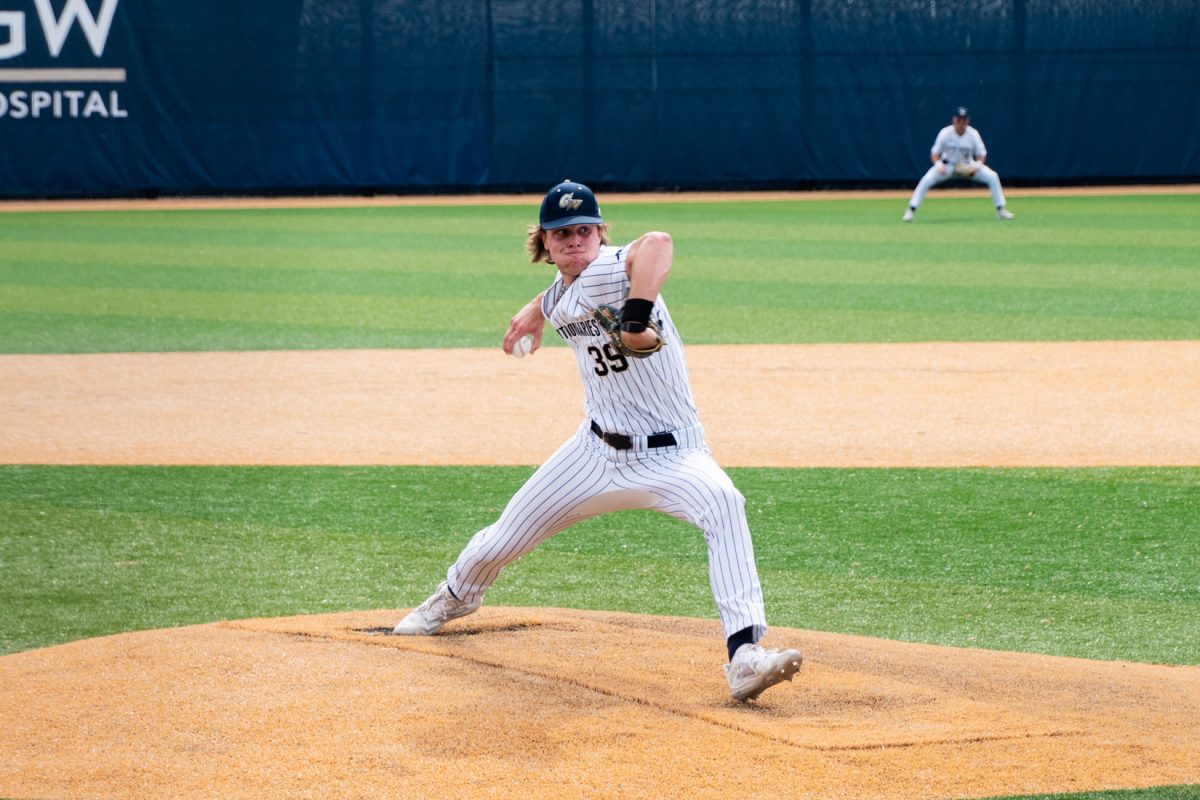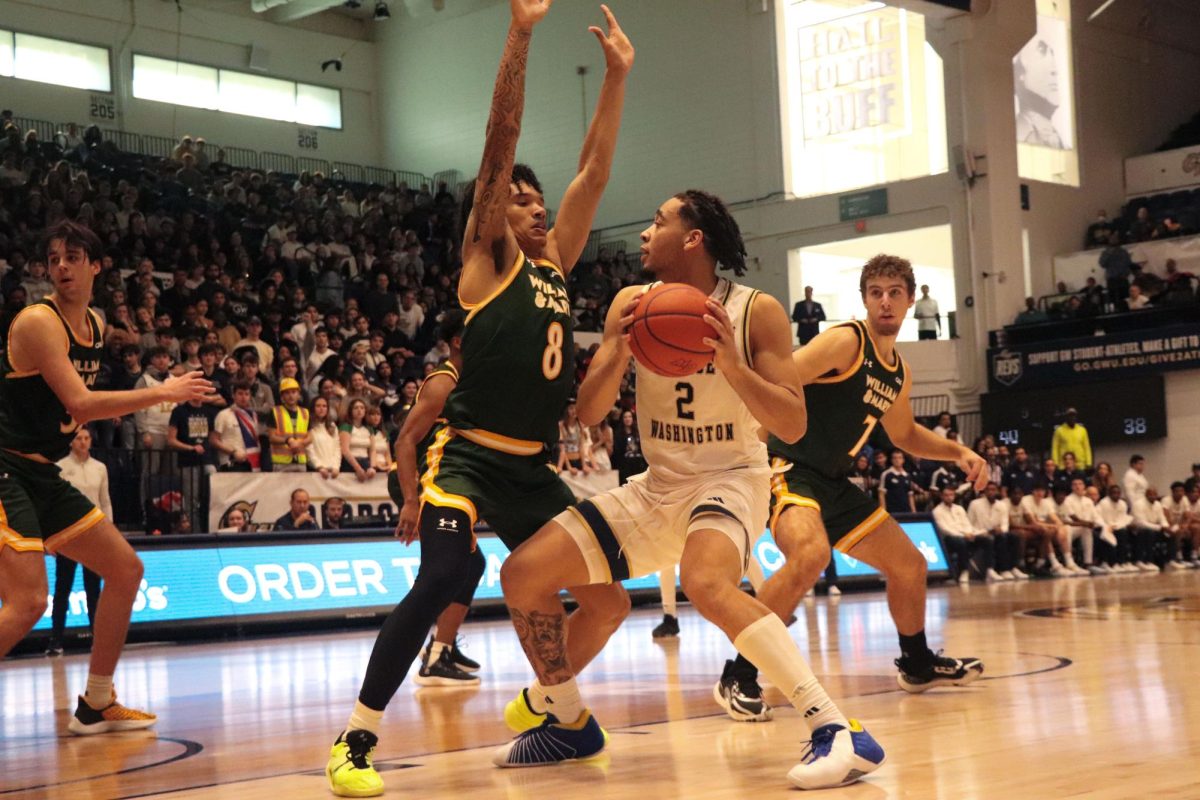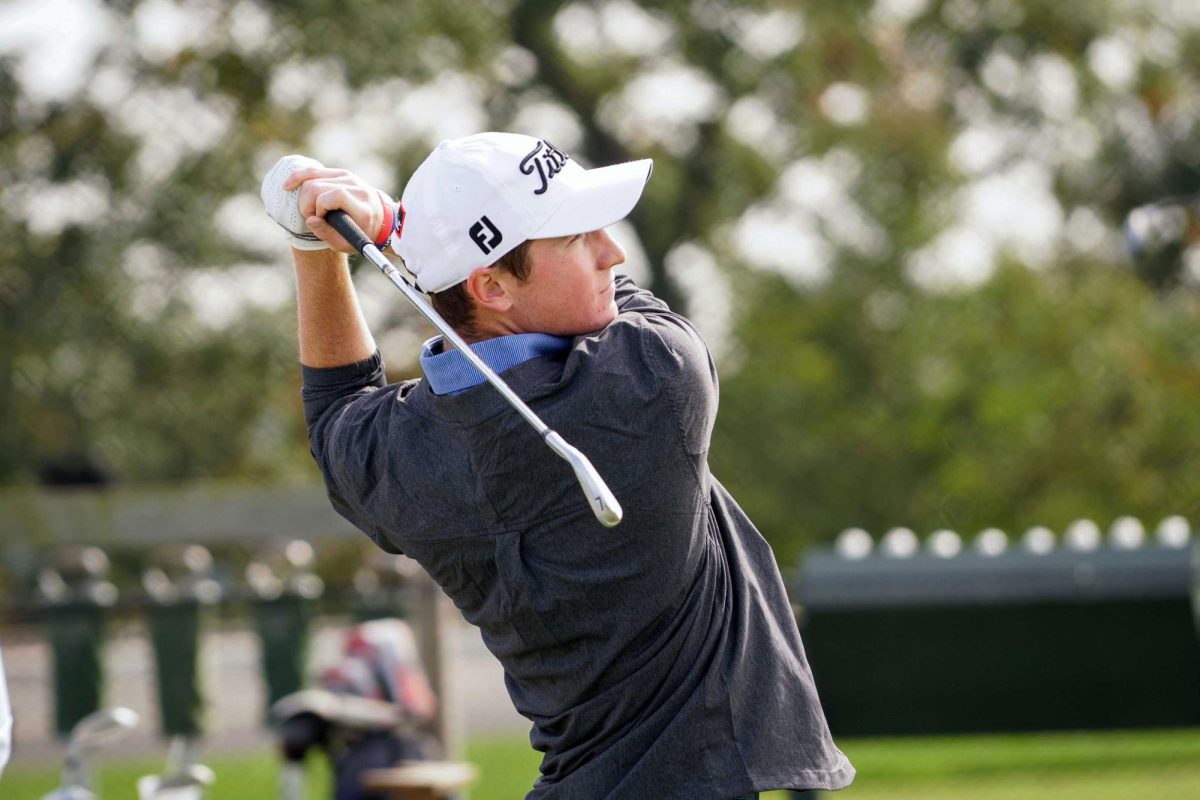No, this column won’t try to explain why a 12-team conference calls itself the Atlantic 10.
Or even why it calls itself Atlantic. You don’t think Dayton sometimes wonders what it’s doing in a conference named after an ocean?
Maybe it just stayed with the Atlantic 10 because of the conference’s rich tradition. But wait. You read that last sentence with sarcasm dripping out your nose, didn’t you? What if I told you that every Duke has its day, even the awful teams that fill out the A-10 basement? Yes, maybe the 22-year-old A-10 can’t claim much tradition itself, but even all those whipping boys who hear “duh-duh-duh-duh-duh-HEY! YOU SUCK!” in their sleep once had incredible seasons. Here’s a good rule of thumb: No matter how bad a team seems now, it once had a glorious season (GW would be the exception). So, now, we’ll pay a little respect to the worst teams in the A-10.
Okay, let’s start our tour of ineptitude in the East:
Now the West:
So, thanks to these has-beens, the A-10 is barely a major conference right now. The league is ninth in the RPI (Ratings Percentage Index – more on that in a moment). Maybe people aren’t taking it seriously because of the names of the A-10 coaches. You’ve got Tommy (which is what Digger Phelps thinks Penders’ name is), Speedy, Skip, Bobby and Bruiser. Are you kidding me? Wasn’t this Archie’s gang back at Riverdale?
So if you’re in a bad conference, who do you schedule for your out-of-conference opponents? Well, since the A-10 was supposed to be great this year, one might guess Mike Jarvis thought he could get away with a cake-walk schedule. So he lined up some real patsies. Not to say we would whip them all. I mean, the structure of the schedule was as bad as the teams.
You don’t think this had something to do with Jarvis’s time of departure? You think when St. John’s University came calling, he said, “Gee, I’d really hate to miss those road games at the University of North Carolina-Charlotte and Siena College after two-week layoffs.” But Penders made the best of it, mostly because a funny thing happened on the way to the Smith Center. The A-10 took a dive, and the historically bad teams on GW’s non-conference schedule decided they would all be good this year.
But, first, why do you want a tough schedule? Well, here’s a little primer on college basketball. The NCAA Tournament selection committee hands out at-large bids and seeds teams using a computerized ranking called the RPI. Those polls, voted on by press (Associated Press) and coaches (USA Today/ESPN) are generally worthless. They look a lot different than the RPI and don’t count come tournament time.
So what gets you high in the RPI? Well, a lot of it is strength of schedule (SOS). Now, a reasonable question might be, “Why would the poll voters disagree with computerized rankings?” Well, like so many things, the polls are a popularity contest, and the teams GW scheduled this year couldn’t have gotten a date to their senior prom. “The Big Dance” is a different story. Those patsies we scheduled ended up having great years, and that will help GW a lot come March 7, Selection Sunday.
Until the horrible conference opponents put GW’s SOS into free fall, GW had a consistently top-25 SOS and RPI. So, you ask, “Wait, Siena’s good?” Yes, Siena could go 70-0 and never crack a poll, but the computer never lies. And even the teams that beat GW (Siena, UNCC) helped our RPI.
Here’s a rundown of what some of our opponents did this year (just for comparison’s sake, our current RPI is 56):
Besides the fact that many of GW’s opponents seemed to have played each other, you might notice some stunning results from schools you’ve never heard of. So, Jarvis the genius? Not really. GW just got lucky. But if the A-10 is going to continue its downward spiral, GW needs more than luck. Fortunately, Tom Penders came to town. Penders is famous for two things – offense, and playing with the big boys. SOS won’t be a concern in the future.
Penders’ season revolves around March, and playing tough opponents not only impresses the NCAA come tournament time, but it prepares a team for conference and tournament play. Temple’s kamikaze schedule proves that every year.
So, the continued futility of the A-10 will only mean Penders is going to have to schedule some tougher opponents for November and December. It may mean more losses in Foggy Bottom, but GW already learned how to win November through February. Now GW wants to win in March. And like Penders is so fond of saying, no one remembers what you did in January.
They only remember what you did in March.







